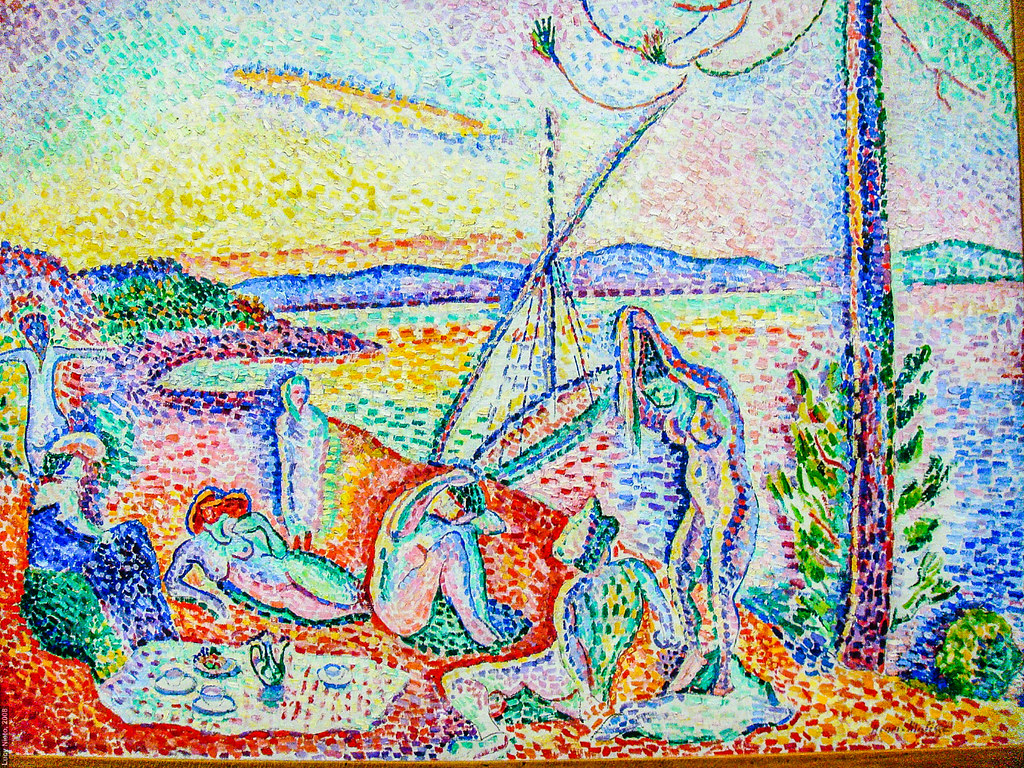Henri Matisse Luxe Calme Et Volupté. Il affiche une évolution du style néo. November 1954 in cimiez, heute ein stadtteil von nizza), war ein französischer maler, grafiker, zeichner und bildhauer.

Le tableau luxe, calme et volupété est une huile sur toile réalisée par le peintre henri matisse, précurseur du fauvisme, en 1904. All the paintings of this school (divisionism) produce the same effect. (matisse) It was painted in 1904, after a summer spent working in st.
De Retour À Paris, Il Met À L'épreuve L.
Le titre de cette œuvre est luxe, calme et volupté, et il fait évidemment écho au dernier vers du poème de charles baudelaire, ʺl'invitation au voyageʺ publié dans les fleurs du mal en 1857. Henri matisse, luxe, calme et volupté, 1904, oil on canvas, 37 x 46 inches (museé d'orsay, paris) speakers: Dépôt du centre pompidou, 1985.
L'opera È Conservata Al Musée D'orsay Di Parigi Ed È Firmata Henri Matisse.
Henri matisse [ɑ̃ʁi matis], vollständiger name: Met picasso in 1906, an artist with whom he is often compared. ‘study for luxe, calme et volupté’ was created in 1904 by henri matisse.
From Erich Lessing Culture And Fine Arts Archive, Henri Matisse, Luxe, Calme, Et Volupté (Luxury, Calm, And Desire) (1904), Oil On Canvas, 37 × 46 In
Click image to view detail. Henri matisse, luxe, calme et volupté, 1904, oil on canvas, 37 x 46″ (museé d’orsay, paris) key points: Color and form are key ways that early 20th.
Il Titolo Deriva Da Un Verso Della Poesia Invito Al Viaggio Di Charles Baudelaire
Il affiche une évolution du style néo. Rather, this painting anticipates the fauves’s imaginative use of expressive color. Luxe, calme et volupté (luxury, calm and sensuousness).
Henri Matisse Peint Luxe, Calme Et Volupté En 1904.
Centre georges pompidou, paris), so titled after a poem by charles baudelaire, and exhibited at the salon des indépendants in paris (spring 1905) to great acclaim. The painting is matisse's most important work in which he used the divisionist technique advocated by signac, which matisse had first adopted after reading. Matisse painted this oil sketch in the summer of 1904, while working alongside fellow artist paul signac on the french riviera, and he completed the final painting (now at the musée d'orsay, paris) the following winter.